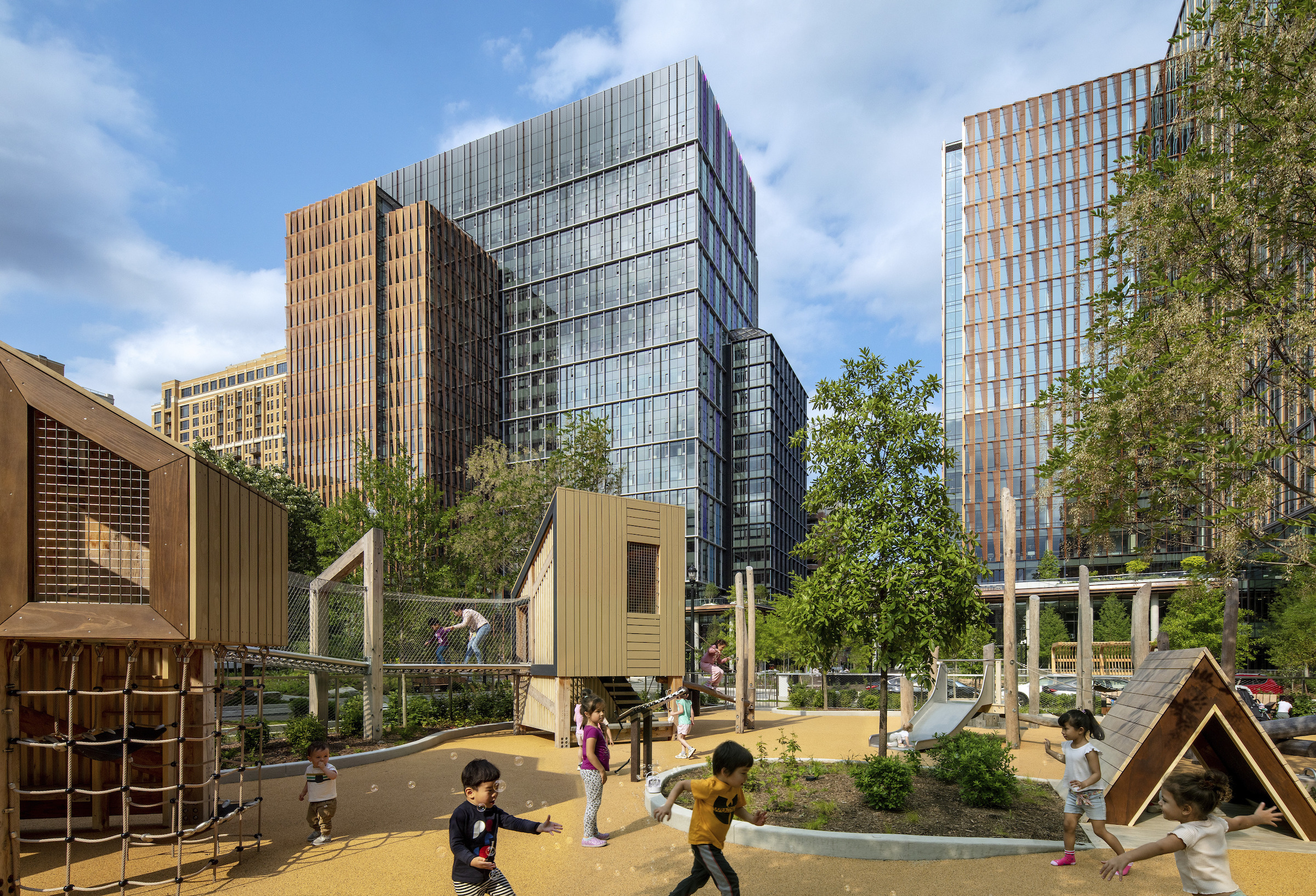Amazon has completed construction of the first two buildings of its second headquarters, located in Arlington, Va. The all-electric structures, featuring low carbon concrete and mass timber, help further the company’s commitment to achieving net zero carbon emissions by 2040 and 100% renewable energy consumption by 2030.
Designed by ZGF Architects, the two 22-story buildings—comprising 2.1 million sf of space and 50,000 sf of retail space—are on track to become the largest LEED v4 Platinum buildings in the U.S., according to a statement from ZGF.
By using low-carbon concrete mixes and CarbonCure technology, the project achieved a 20% reduction in the concrete structures’ carbon footprint, compared to the industry baseline. ZGF incentivized trades to experiment with mixes and reduce greenhouse gas emissions. The firm’s open-source LCA calculator enabled construction partners to assess proposed concrete mixes and measure their impact.
The buildings capture and reuse rainwater, shower water, and HVAC condensation—helping to achieve 50% water savings below building code and recycle 7.5 million gallons a year. And more than four-fifths of all construction waste materials—including concrete, drywall, metals, wood, cardboard, and plastic—were diverted from landfills. This prevented over 17,000 tons of material from entering landfills.
Amazon funded the renovation and expansion of the adjacent Met Park—turning an underused green area into a public park. In addition to the central green, the 2.5-acre park features a children’s playground with a jungle gym, small and large dog parks, and a community garden. Art pieces have been placed along the park’s forest walk.
The buildings feature 19 rooftop terraces, eight of which can be occupied. On a farm terrace, Amazon employees can volunteer to grow herbs and vegetables that will be donated to community organizations. The two towers also have more than 3,000 operable windows.
On the Building Team:
Owner: Amazon
Developer: JBG Smith
Design architect and architect of record: ZGF Architects
MEP engineer: GHT Limited Consulting
Structural engineer: Thornton Tomasetti
Construction: Clark Construction
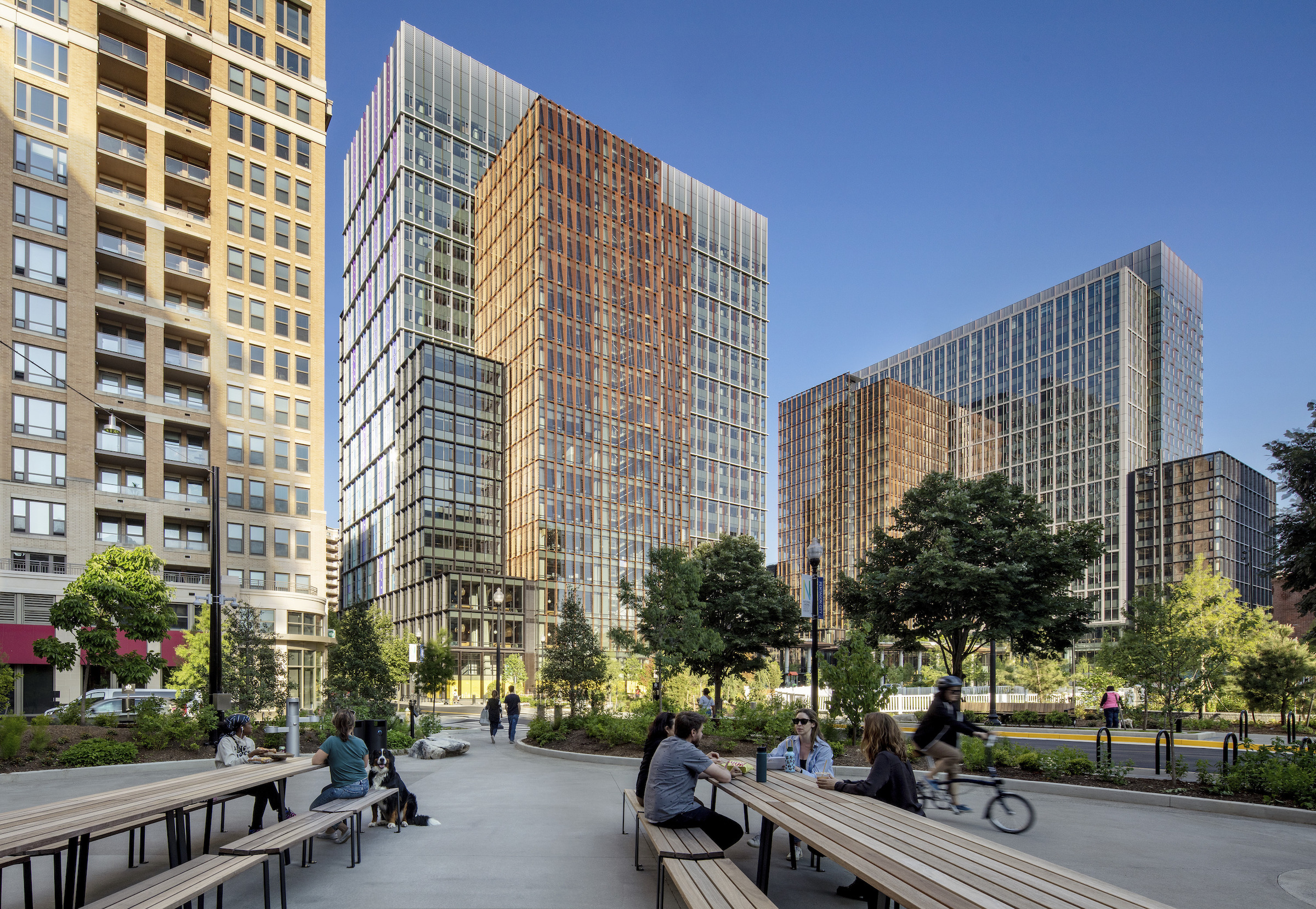
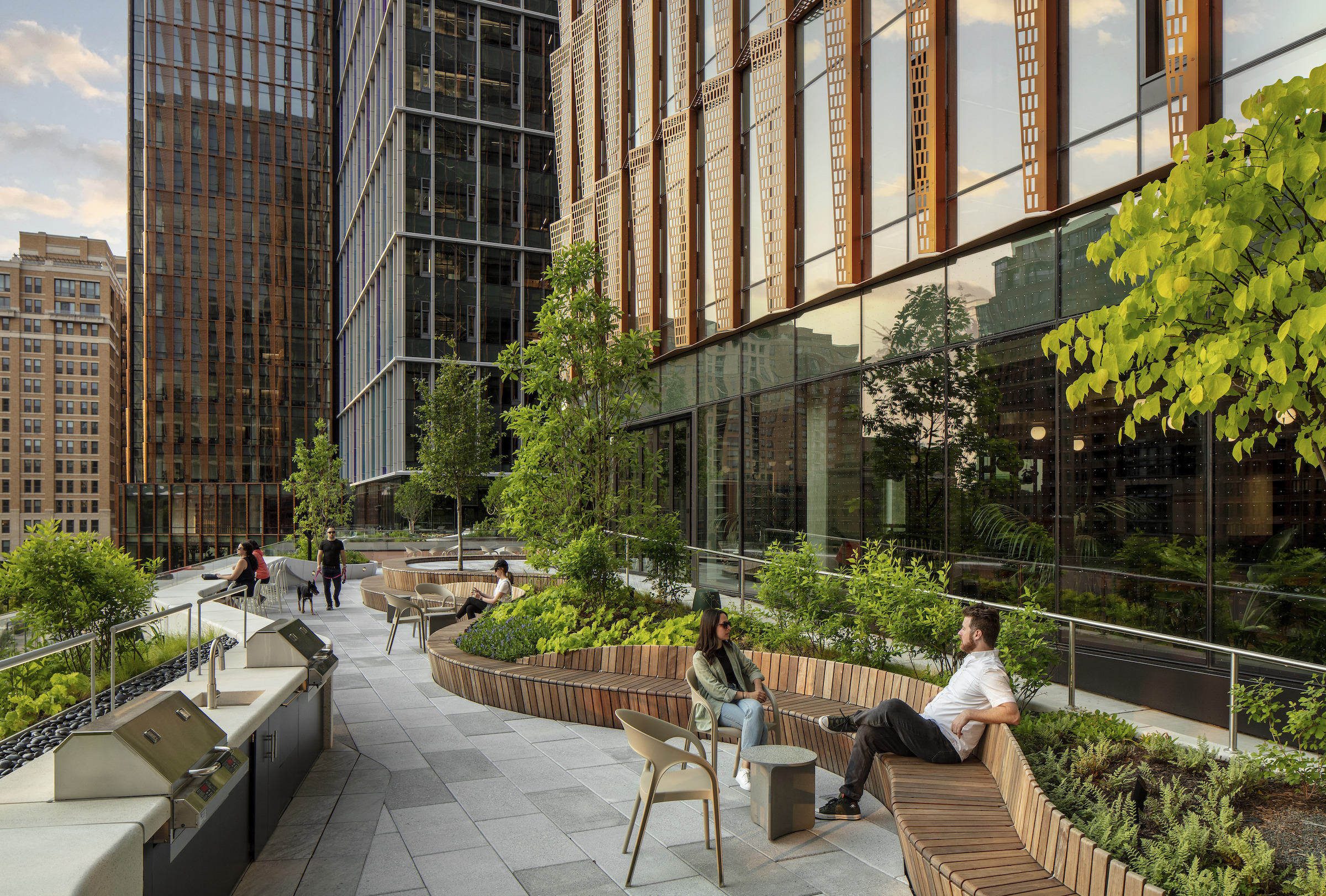
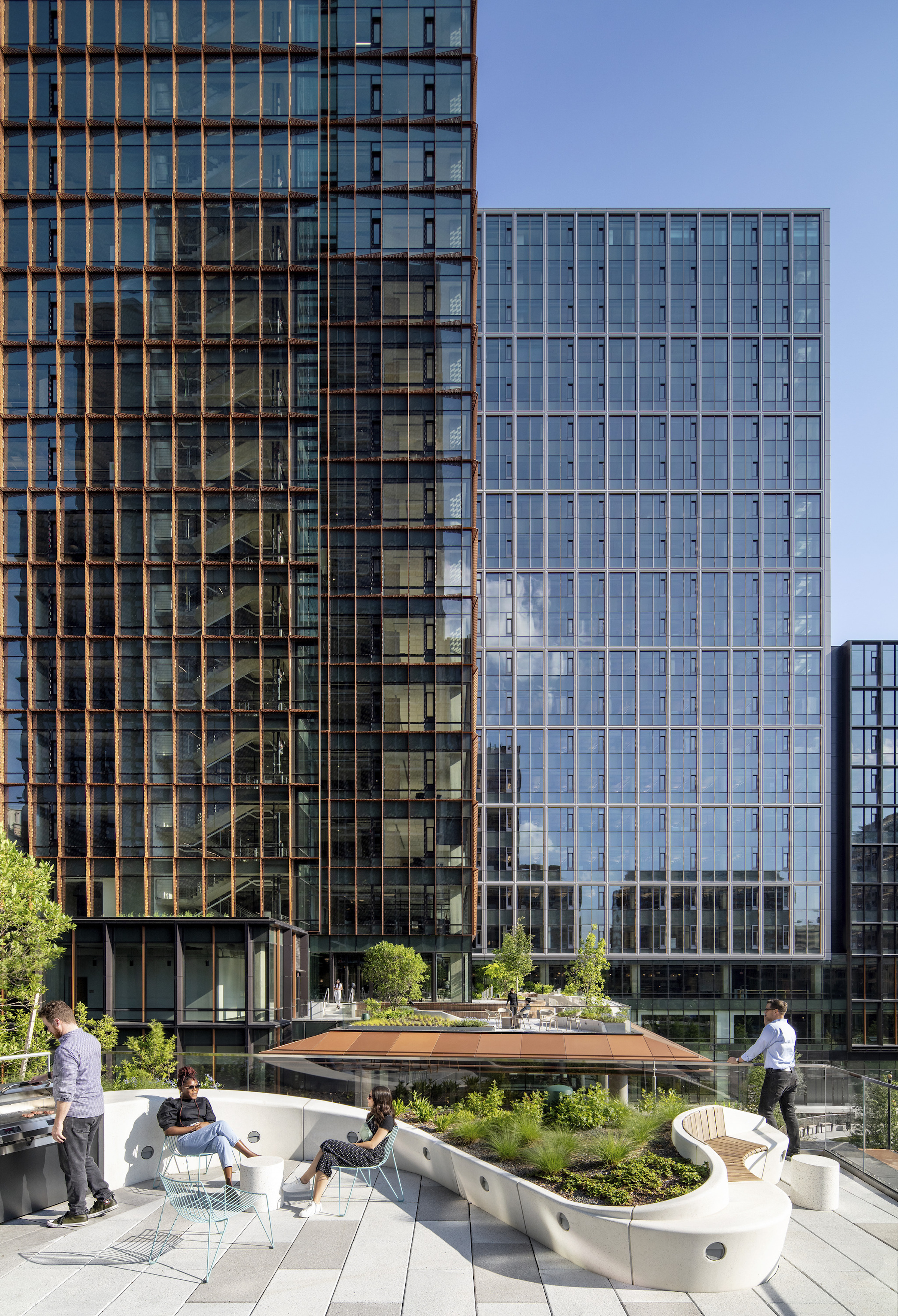
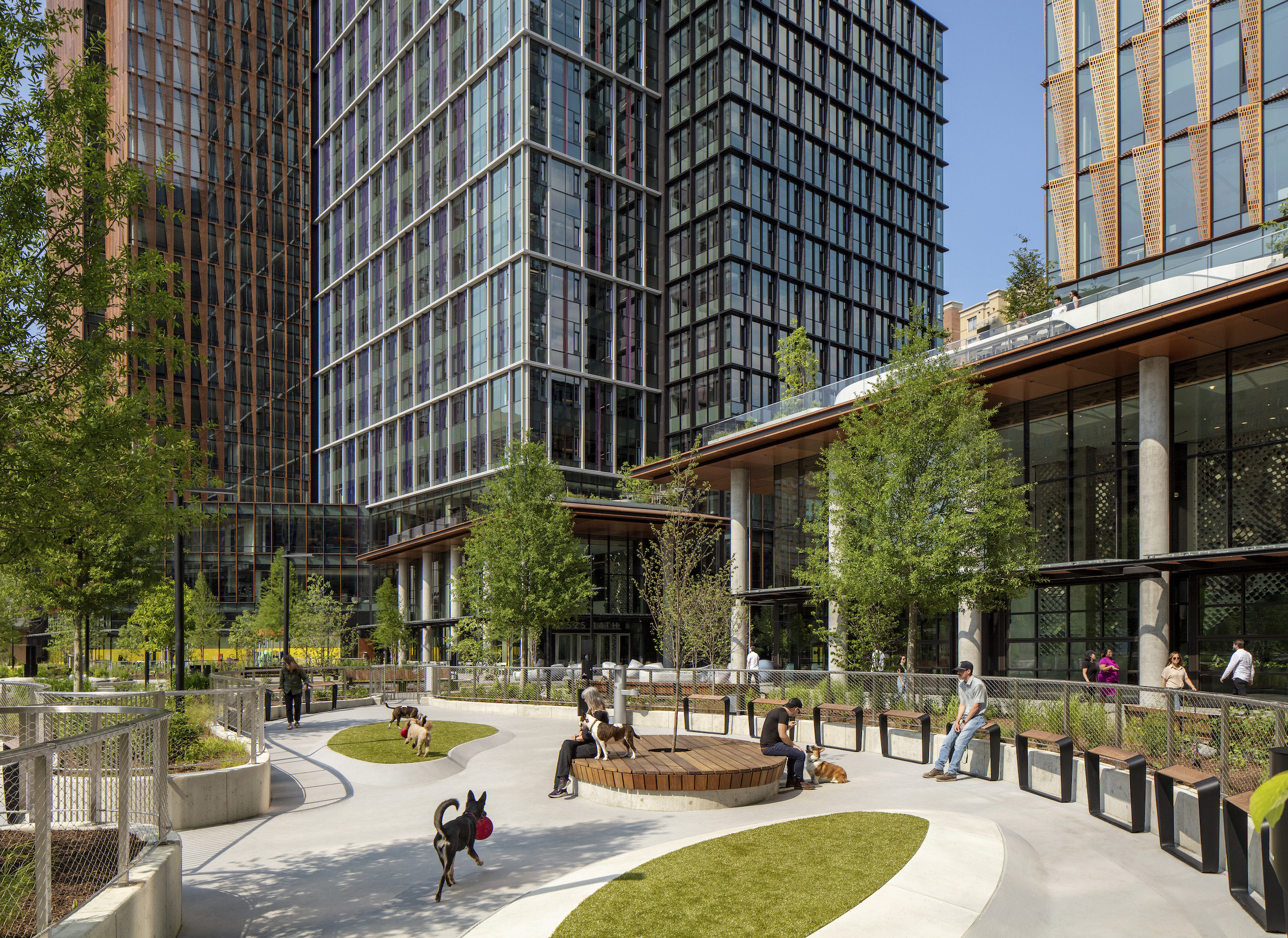
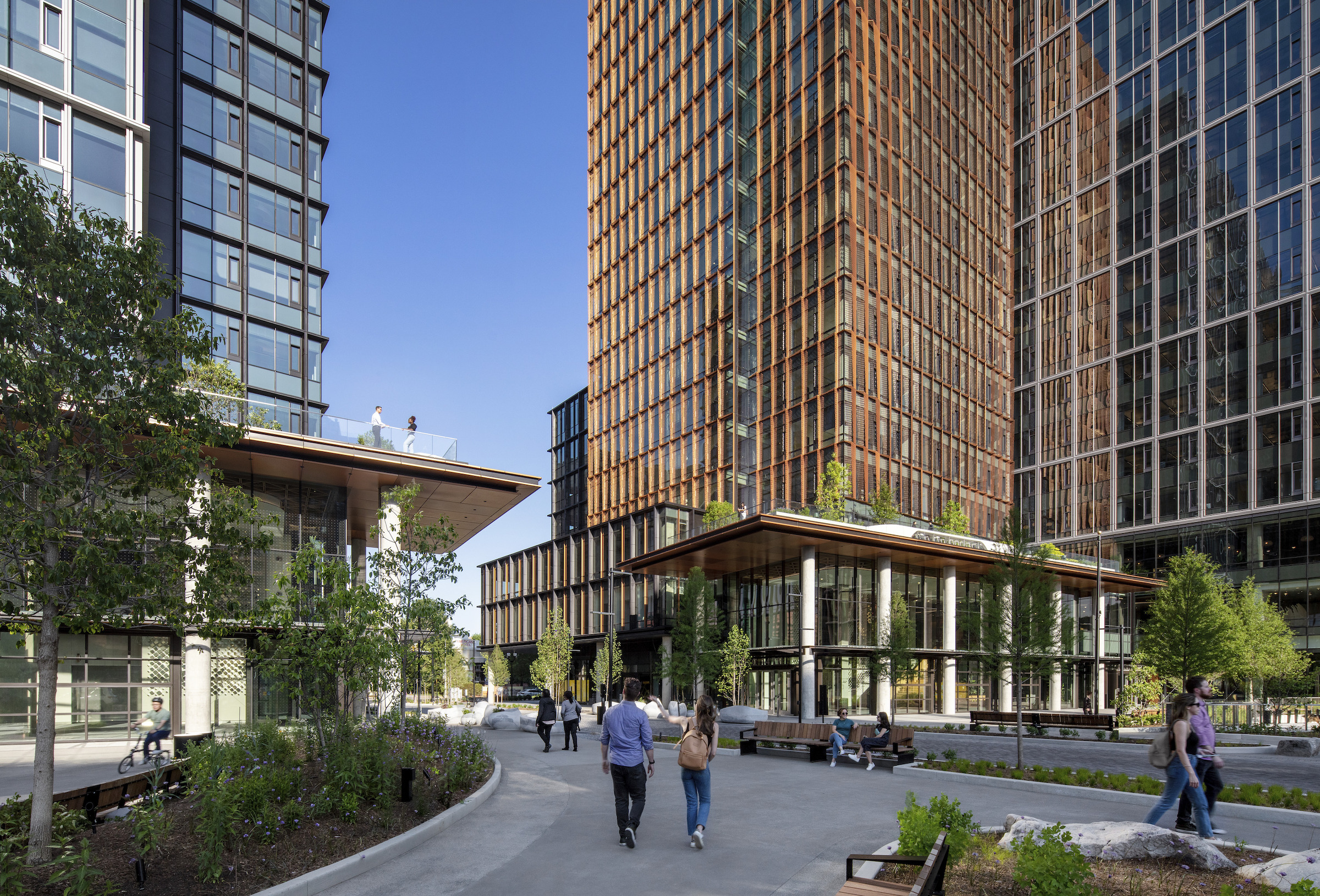

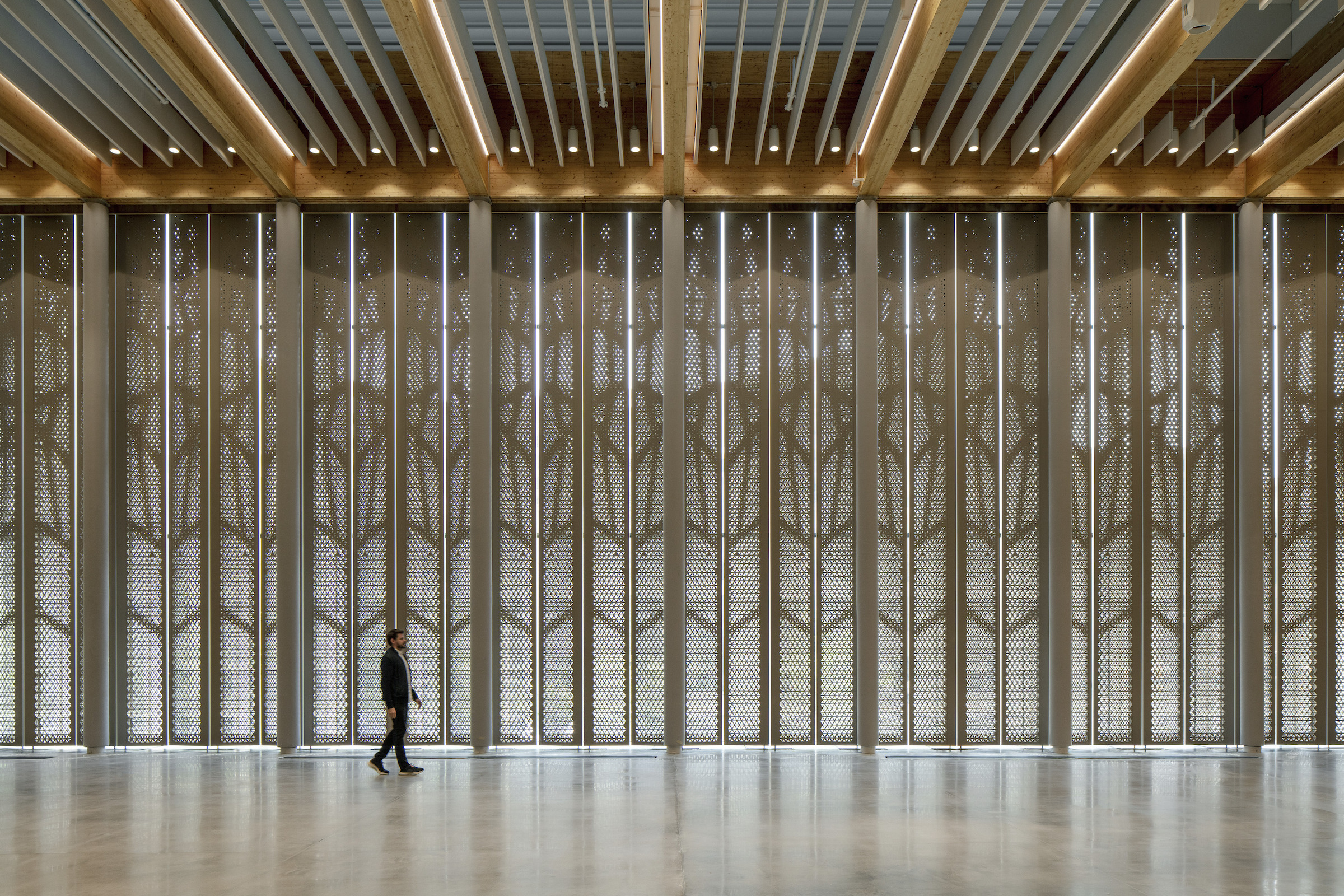
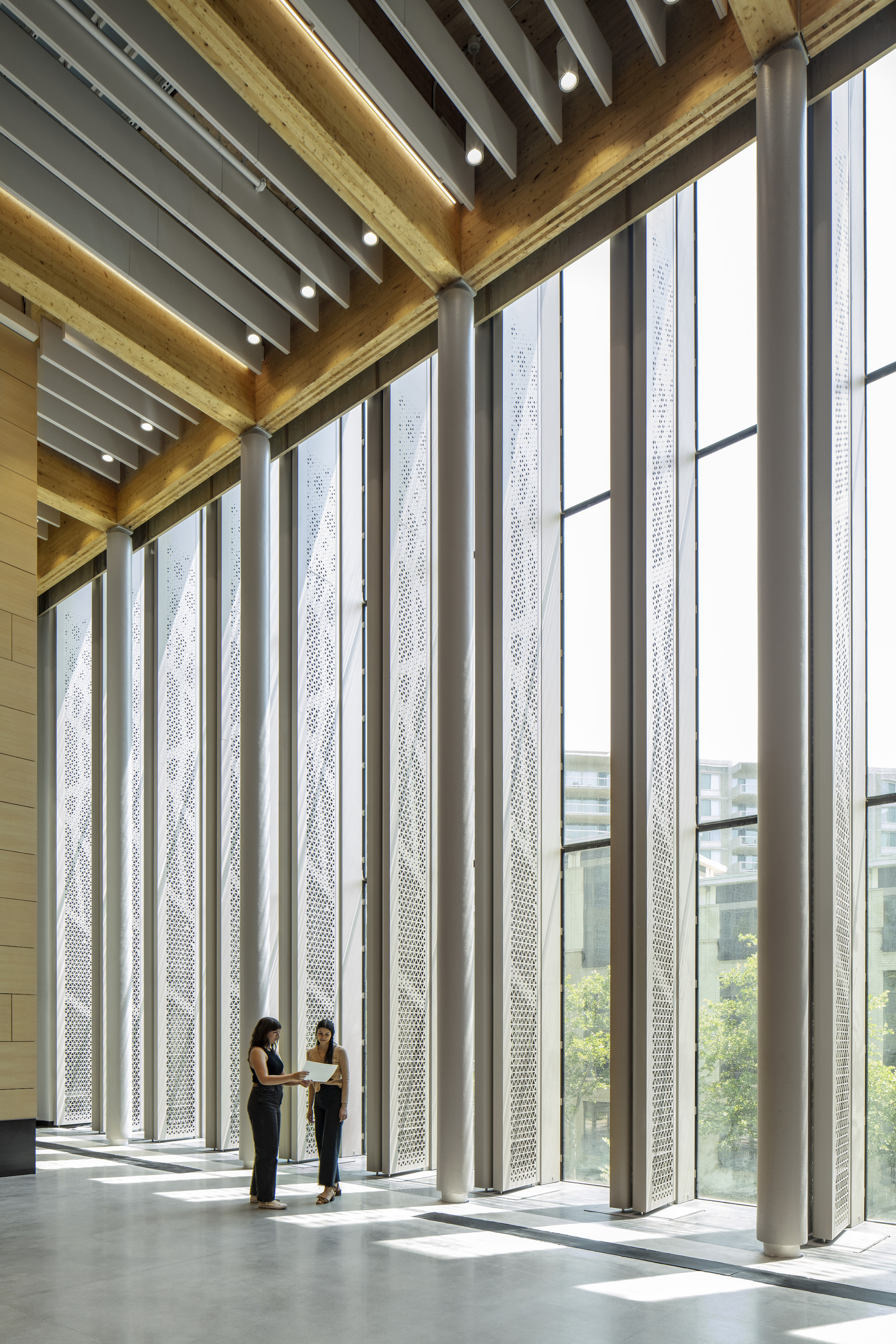
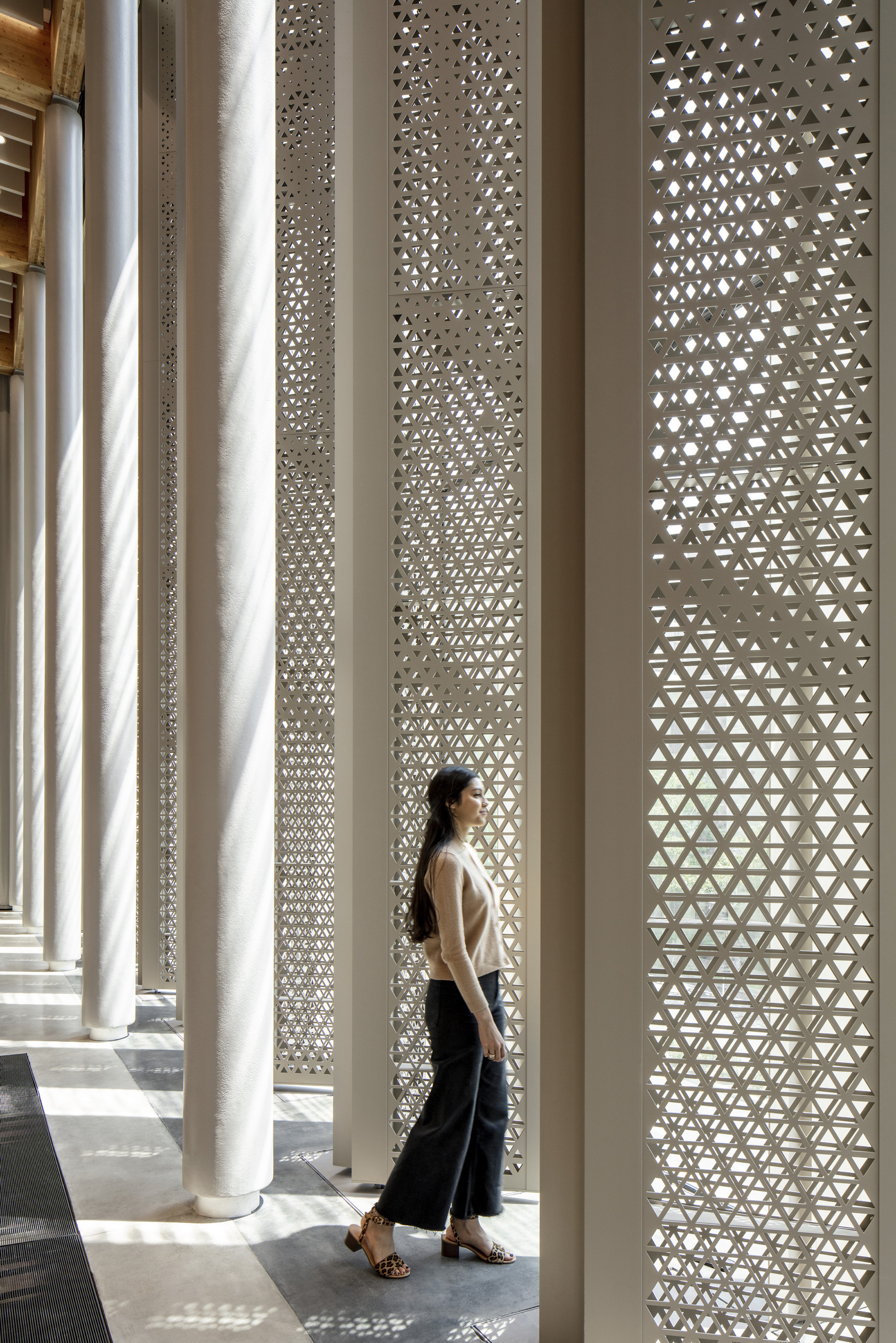
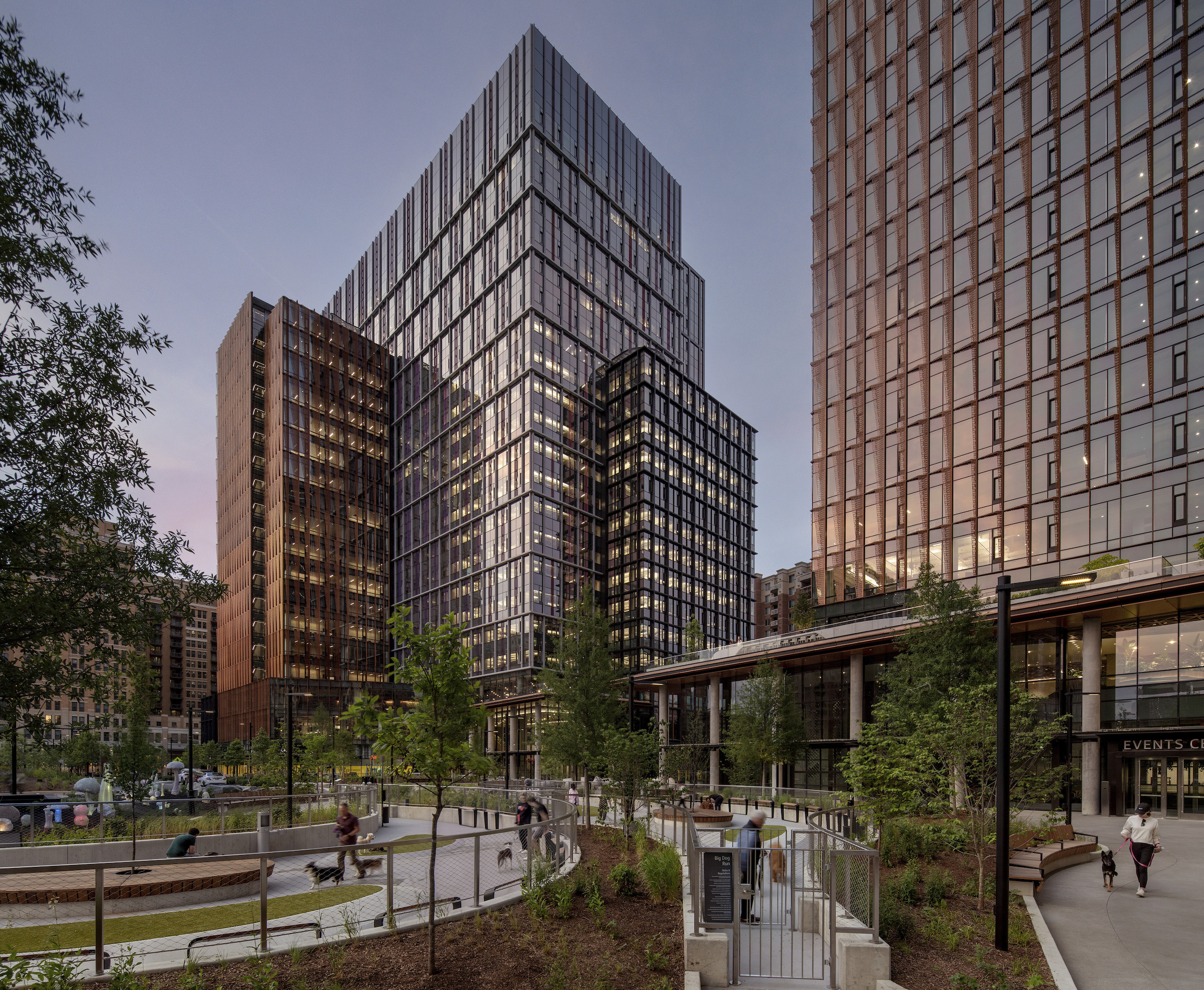
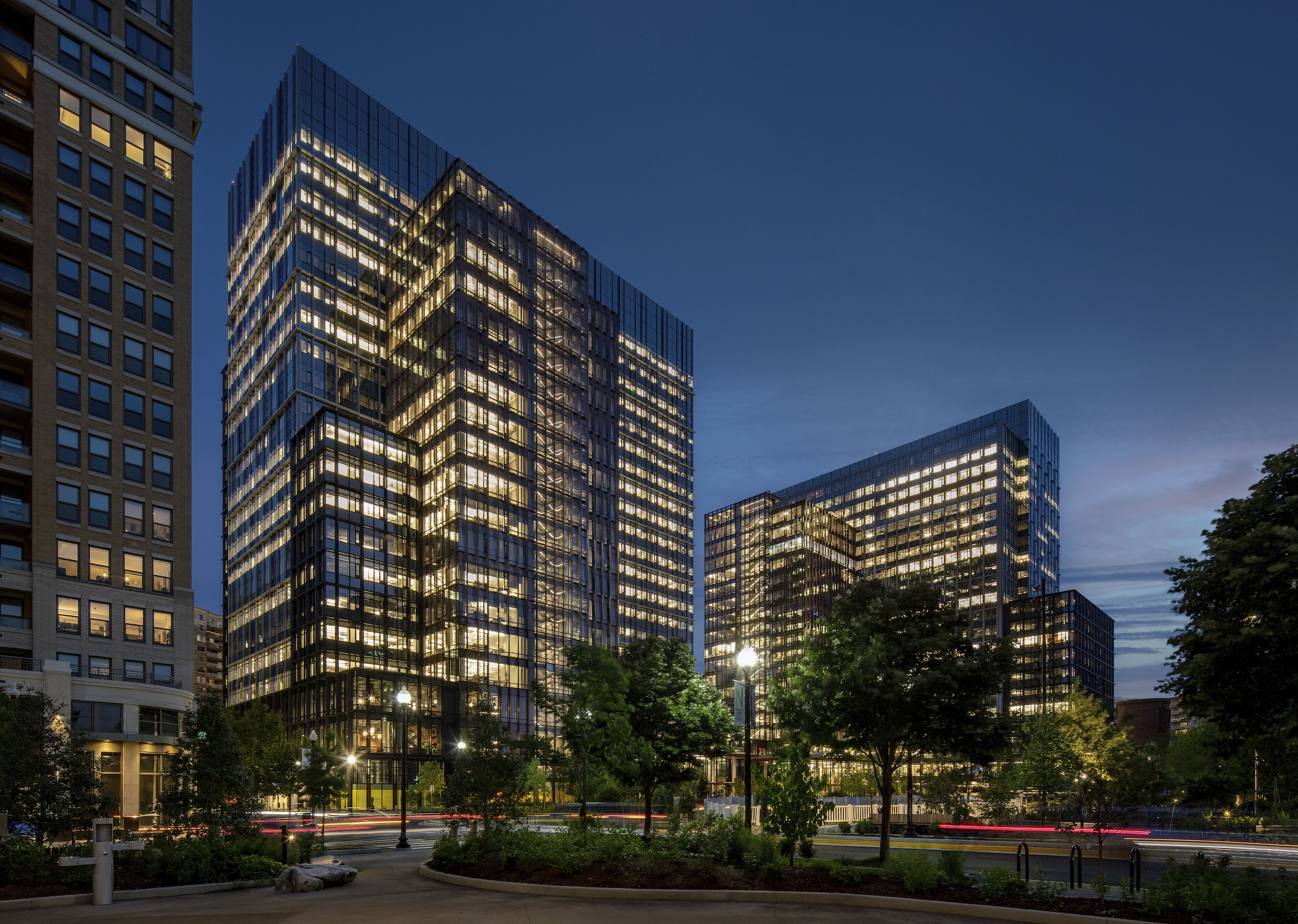
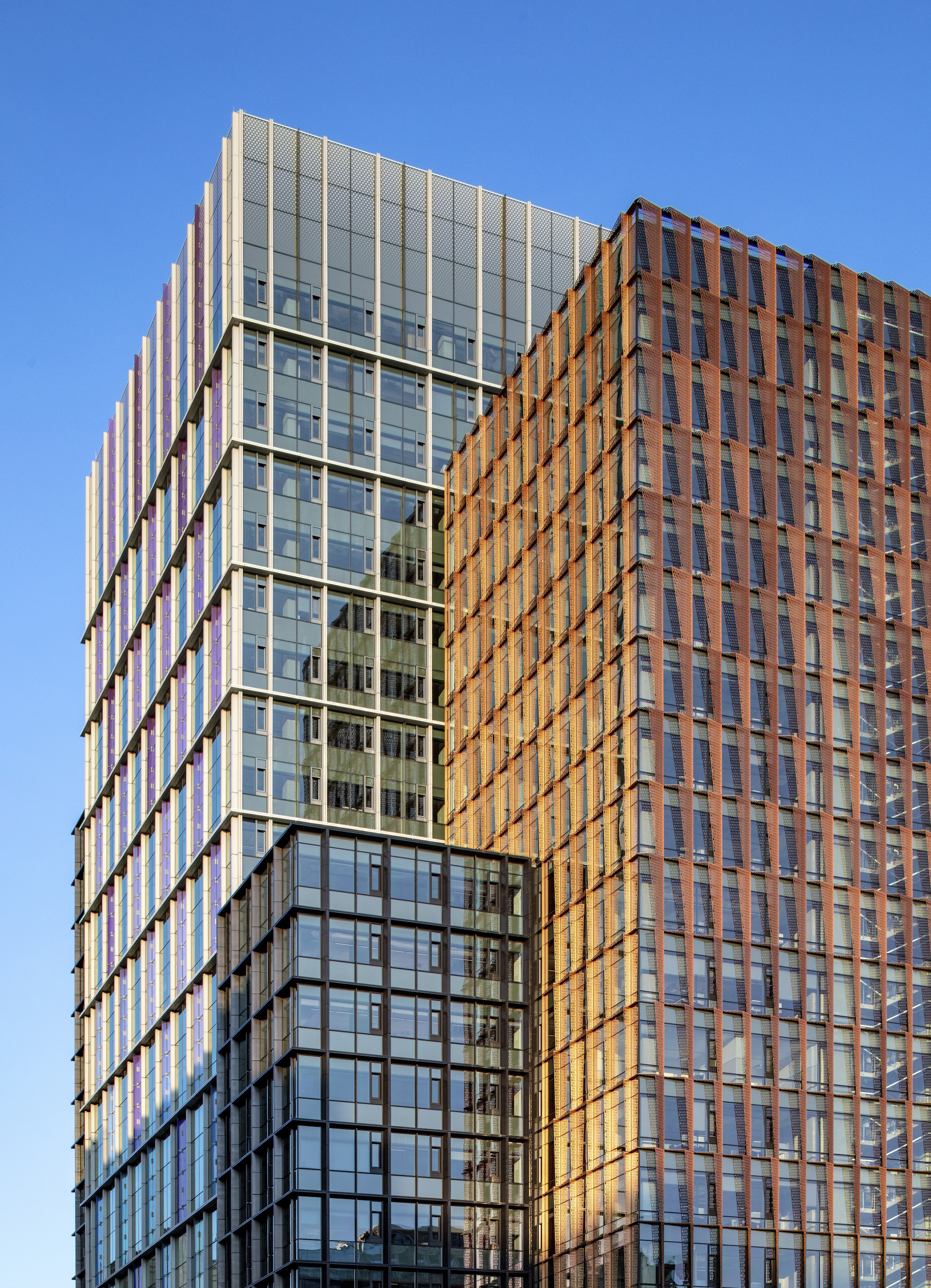

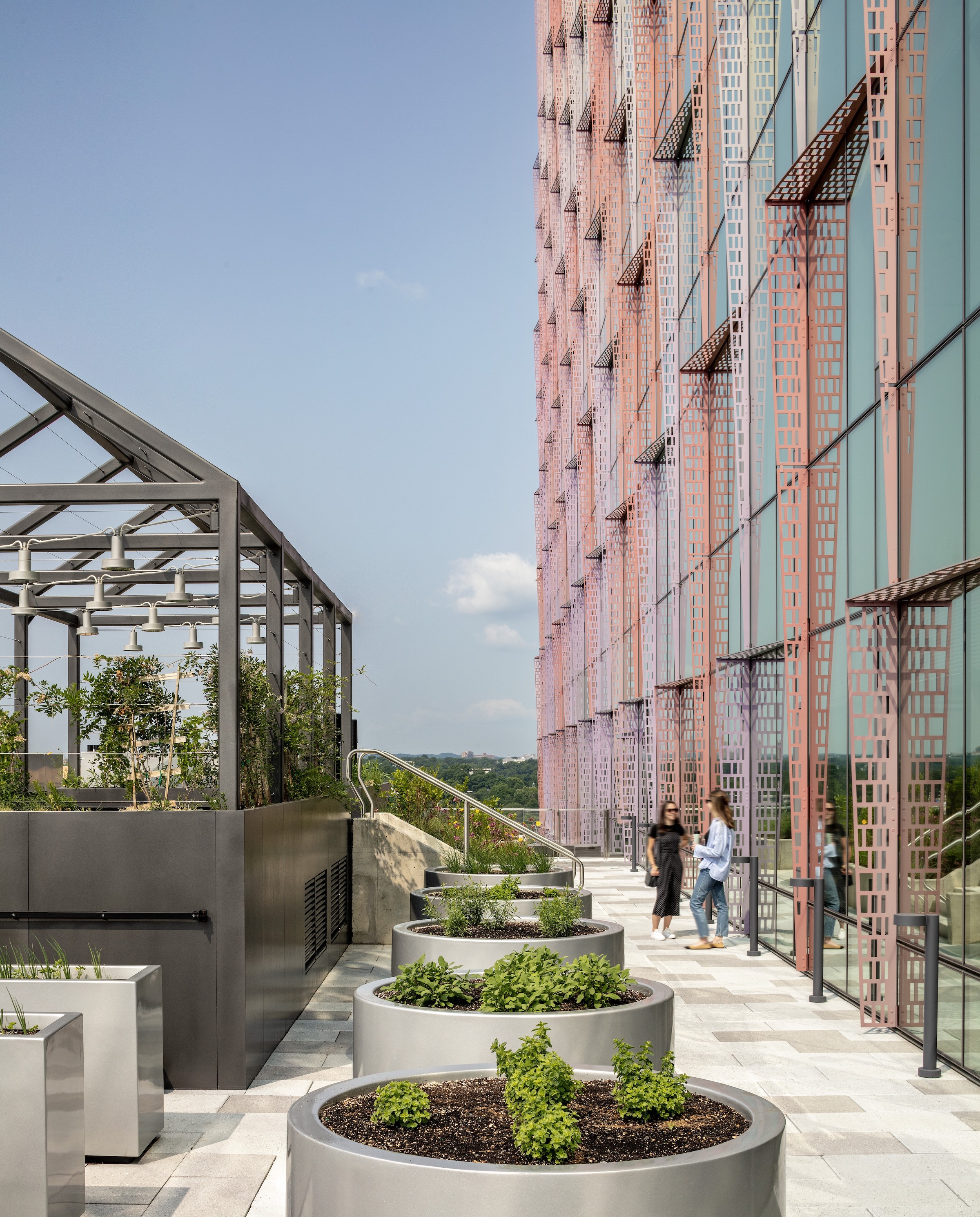

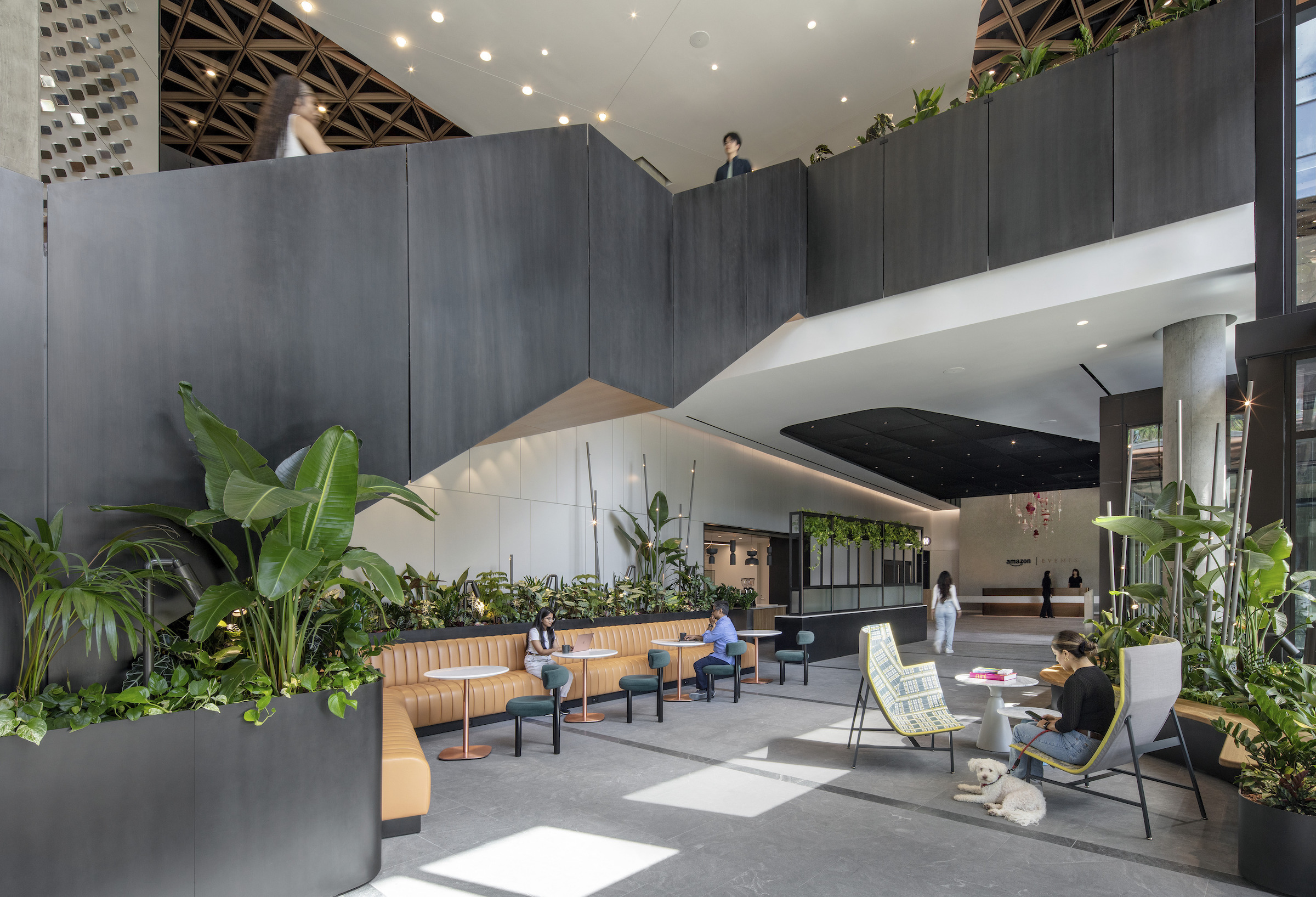
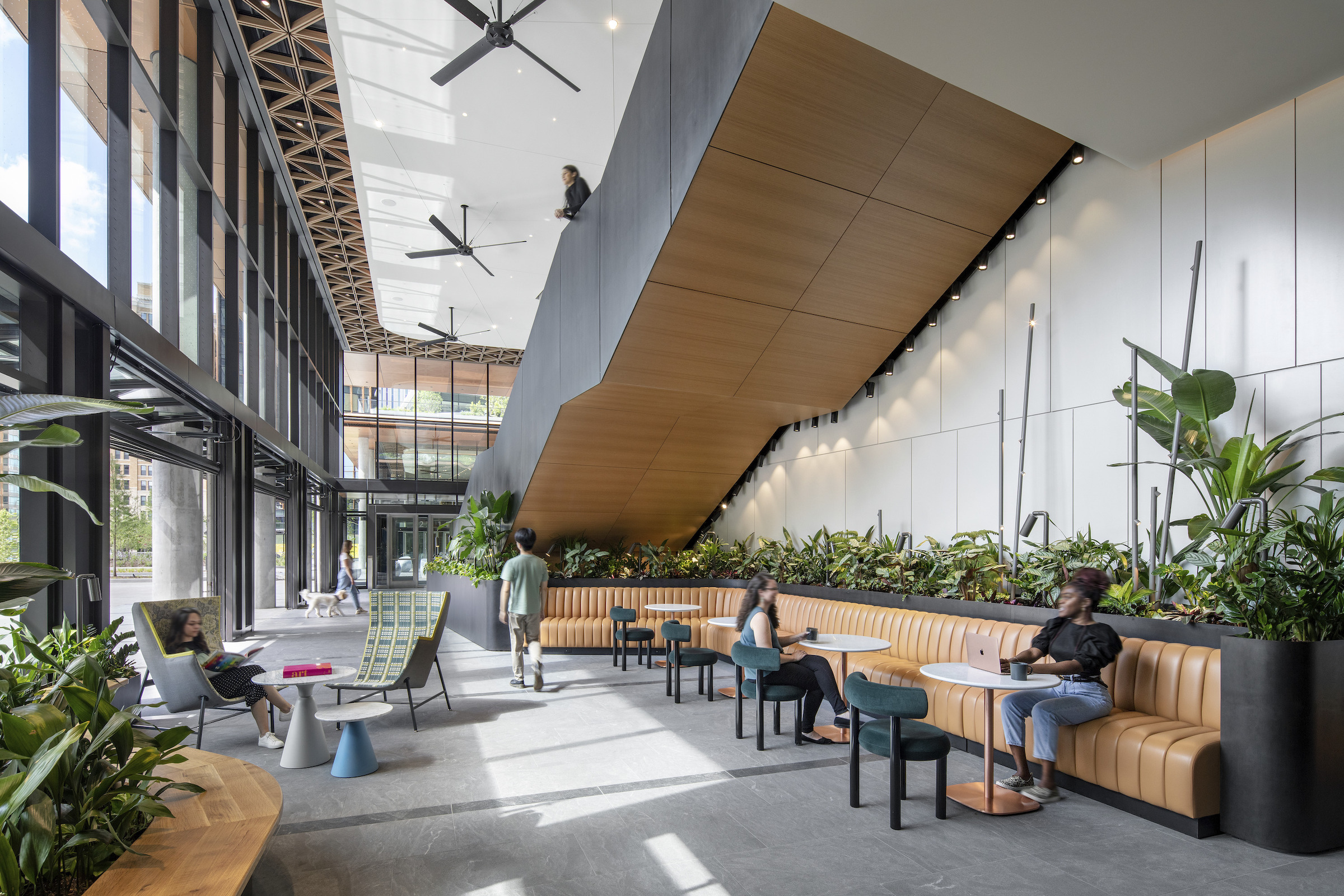

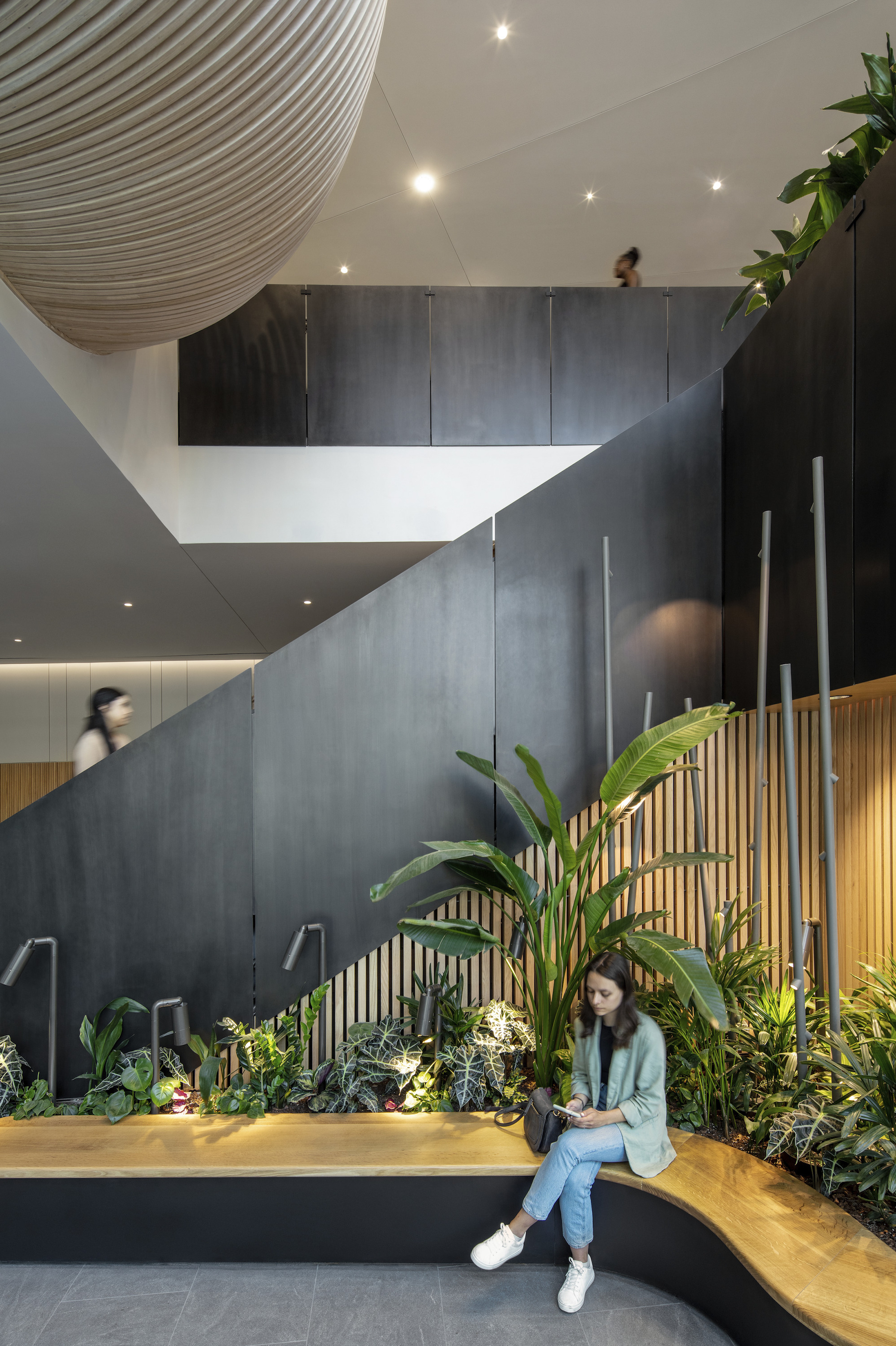
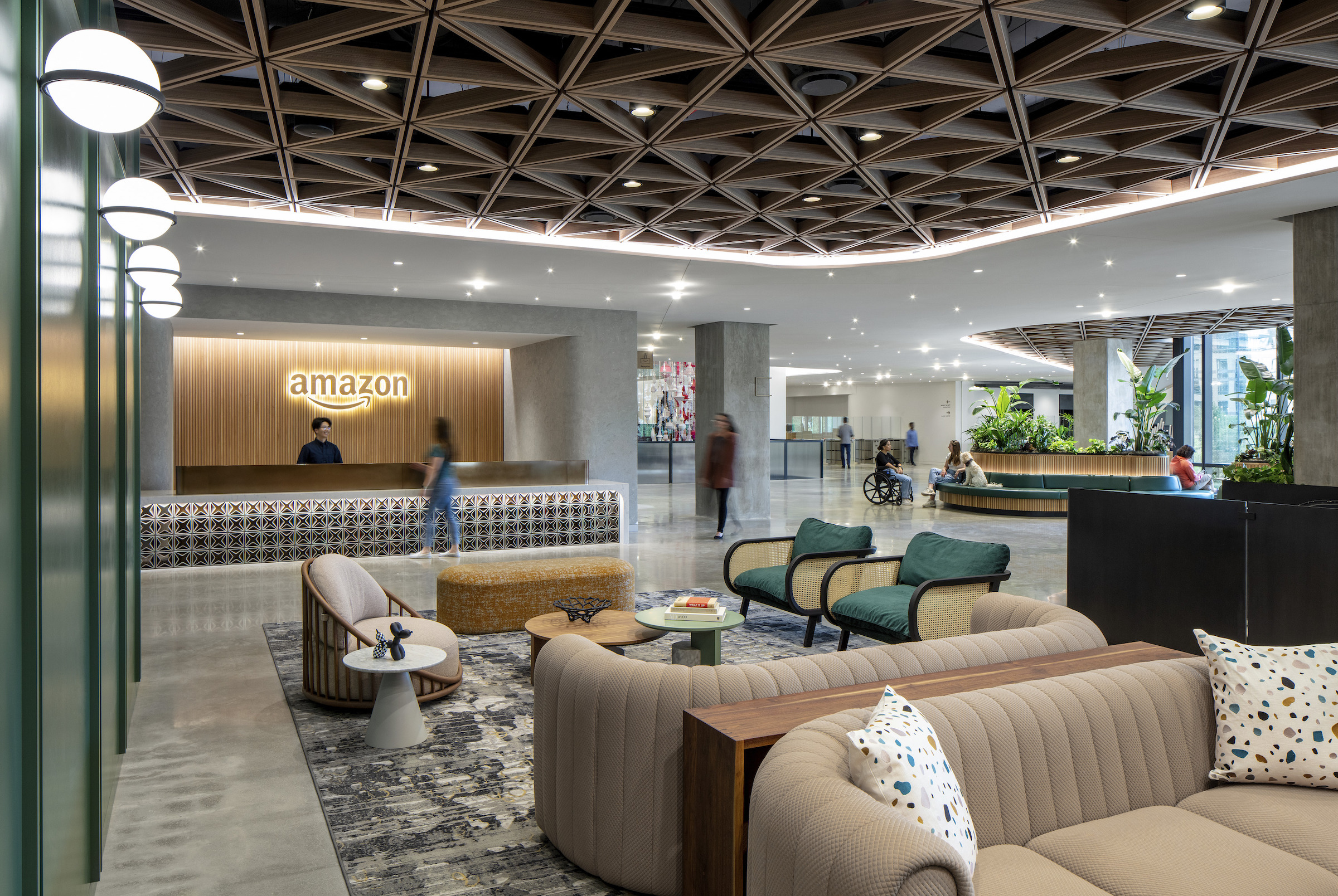
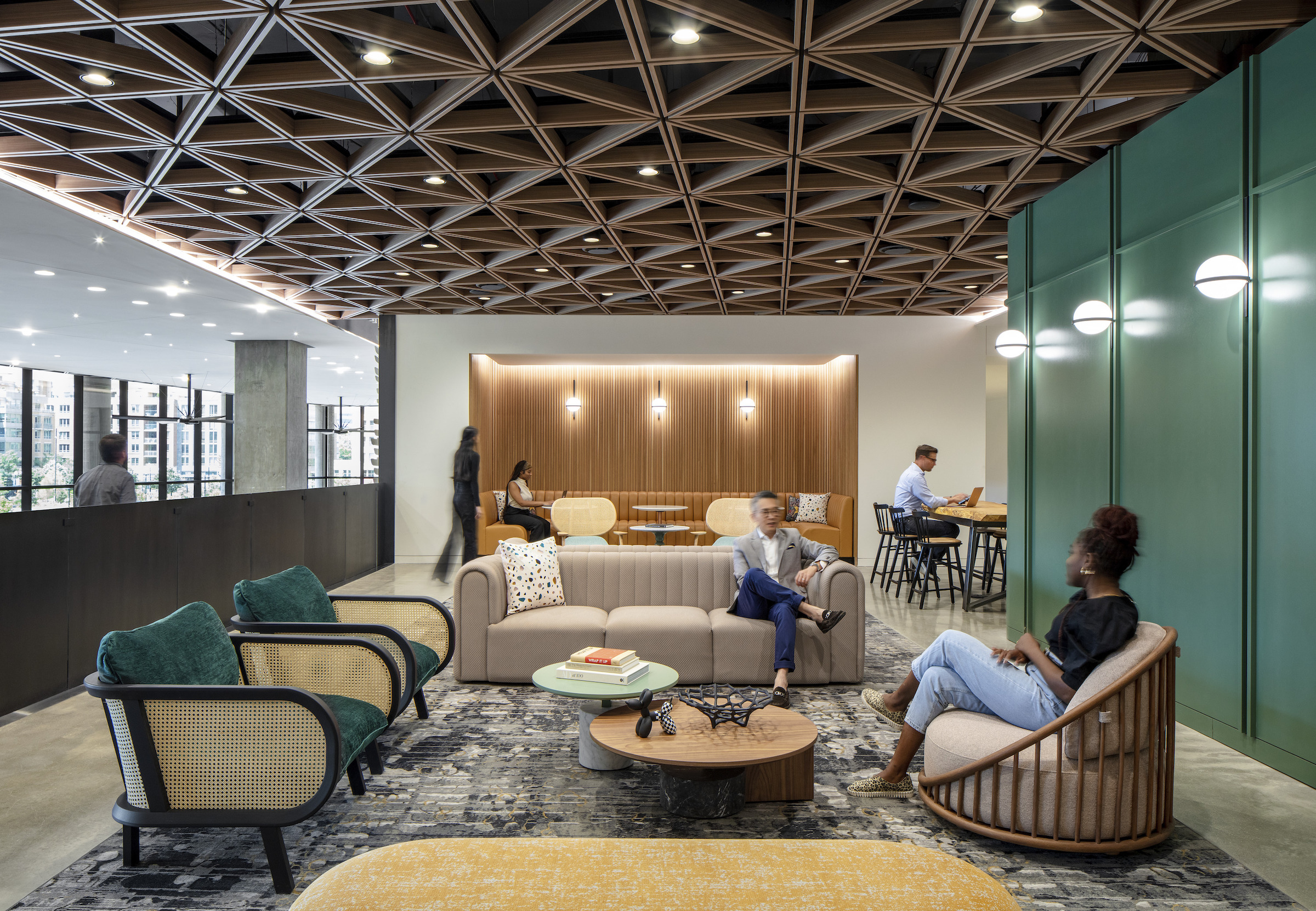
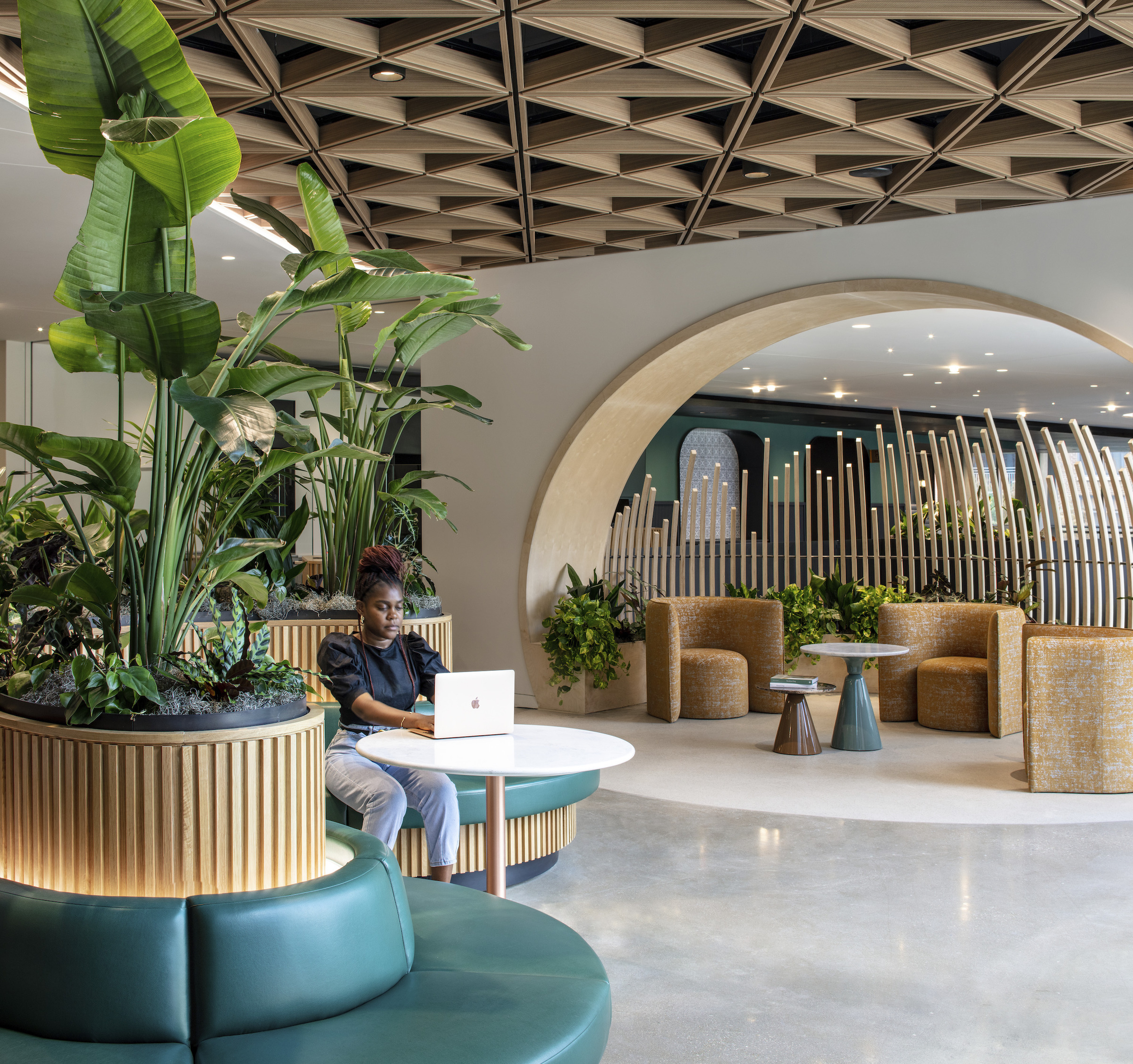






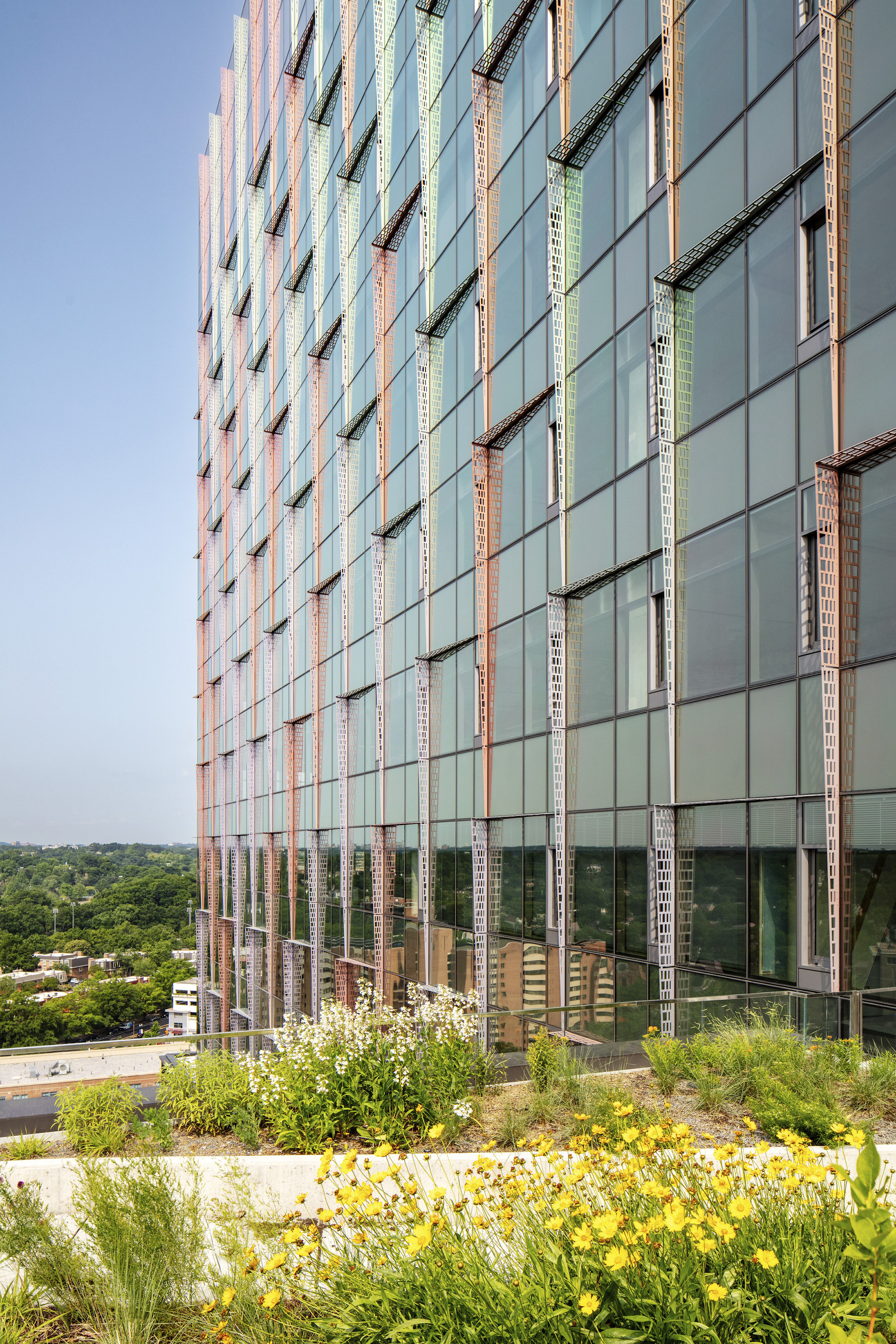
Related Stories
| Aug 11, 2010
AIA Course: Enclosure strategies for better buildings
Sustainability and energy efficiency depend not only on the overall design but also on the building's enclosure system. Whether it's via better air-infiltration control, thermal insulation, and moisture control, or more advanced strategies such as active façades with automated shading and venting or novel enclosure types such as double walls, Building Teams are delivering more efficient, better performing, and healthier building enclosures.
| Aug 11, 2010
Glass Wall Systems Open Up Closed Spaces
Sectioning off large open spaces without making everything feel closed off was the challenge faced by two very different projects—one an upscale food market in Napa Valley, the other a corporate office in Southern California. Movable glass wall systems proved to be the solution in both projects.
| Aug 11, 2010
Silver Award: Pere Marquette Depot Bay City, Mich.
For 38 years, the Pere Marquette Depot sat boarded up, broken down, and fire damaged. The Prairie-style building, with its distinctive orange iron-brick walls, was once the elegant Bay City, Mich., train station. The facility, which opened in 1904, served the Flint and Pere Marquette Railroad Company when the area was the epicenter of lumber processing for the shipbuilding and kit homebuilding ...
| Aug 11, 2010
Special Recognition: Durrant Group Headquarters, Dubuque, Iowa
Architecture firm Durrant Group used the redesign of its $3.7 million headquarters building as a way to showcase the firm's creativity, design talent, and technical expertise as well as to create a laboratory for experimentation and education. The Dubuque, Iowa, firm's stated desire was to set a high sustainability standard for both itself and its clients by recycling a 22,890-sf downtown buil...
| Aug 11, 2010
Thrown For a Loop in China
While the Bird's Nest and Water Cube captured all the TV coverage during the Beijing Olympics in August, the Rem Koolhaas-designed CCTV Headquarters in Beijing—known as the “Drunken Towers” or “Big Shorts,” for its unusual shape—is certain to steal the show when it opens next year.
| Aug 11, 2010
Top of the rock—Observation deck at Rockefeller Center
Opened in 1933, the observation deck at Rockefeller Center was designed to evoke the elegant promenades found on the period's luxury transatlantic liners—only with views of the city's skyline instead of the ocean. In 1986 this cultural landmark was closed to the public and sat unused for almost two decades.
| Aug 11, 2010
200 Fillmore
Built in 1963, the 32,000-sf 200 Fillmore building in Denver housed office and retail in a drab, outdated, and energy-splurging shell—a “style” made doubly disastrous by 200 Fillmore's function as the backdrop for a popular public plaza and outdoor café called “The Beach.
| Aug 11, 2010
Integrated Project Delivery builds a brave, new BIM world
Three-dimensional information, such as that provided by building information modeling, allows all members of the Building Team to visualize the many components of a project and how they work together. BIM and other 3D tools convey the idea and intent of the designer to the entire Building Team and lay the groundwork for integrated project delivery.
| Aug 11, 2010
Inspiring Offices: Office Design That Drives Creativity
Office design has always been linked to productivity—how many workers can be reasonably squeezed into a given space—but why isn’t it more frequently linked to creativity? “In general, I don’t think enough people link the design of space to business outcome,” says Janice Linster, partner with the Minneapolis design firm Studio Hive.
| Aug 11, 2010
Great Solutions: Products
14. Mod Pod A Nod to Flex Biz Designed by the British firm Tate + Hindle, the OfficePOD is a flexible office space that can be installed, well, just about anywhere, indoors or out. The self-contained modular units measure about seven feet square and are designed to serve as dedicated space for employees who work from home or other remote locations.


